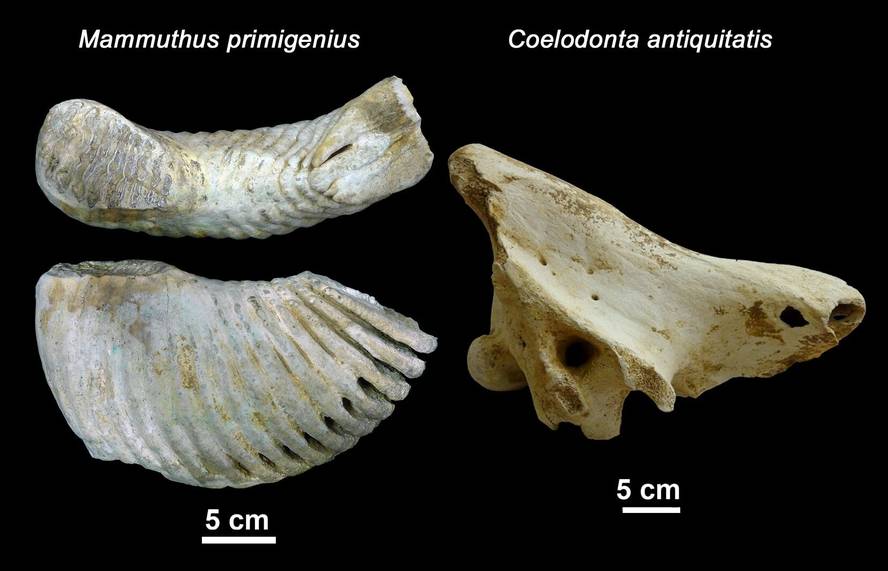Larraun pastures grazed hairy rhinos and mammoths 46.000 years ago

The word Larraun itself indicates that the area has been pasture for a long time. About 46,000 years ago, in these pastures they grazed hairy corners and mammoths. This is demonstrated by the fossils found in 1996 in the cave of Mainea (Uitzi, Navarra) by members of the speleology group Otxola. A group of researchers led by UPV and Aranzadi paleontologists have analysed these fossils. They have been measured 46,000 years ago and at that time information about the climate and ecological conditions of the area.The results have been published in the journal Boreas.
The 200 fossils found in the maine correspond to five dark rhinos and a mammoth. The fossils of these species are rare in the Iberian peninsula. “There are parts of the entire skeleton of rhinos, belonging to individuals of different ages, from a fetus or newborn to 25 years. In the case of mammoth, only five fossils belong to an individual of about 30 years,” explains researcher Manuel Rodríguez Almagro. On the other hand, expert Nohemi Sala has warned that they have also detected “remains left by some small carnivore”, “but do not coincide with the traces left by the hyenas”.
In the Pleistocene Superior (from 126,000 to 12,000 years ago), the climate was colder than the current one. In Eurasia, south of the great masses of ice, a biome called “mammoth steppe” was developed: hairy rhinos, bison, horses, snow deer, hyena, lions, wolves, etc. The climatic fluctuations extended or counteracted this ecosystem and in the coldest moments of the Pleistocene, some species adapted to the cold reached more to the south, until entering the Iberian peninsula. Stable isotope studies have been conducted with fossils of Maine rhinos. This study provides climate information and the results obtained are similar to other sites in northern Europe. “Isotopes show the development of the mammoth steppe in the area of Mainea (724 meters of altitude): the altitude would compensate for their stay in the south,” says paleontologist Asier Gómez Olivency.





